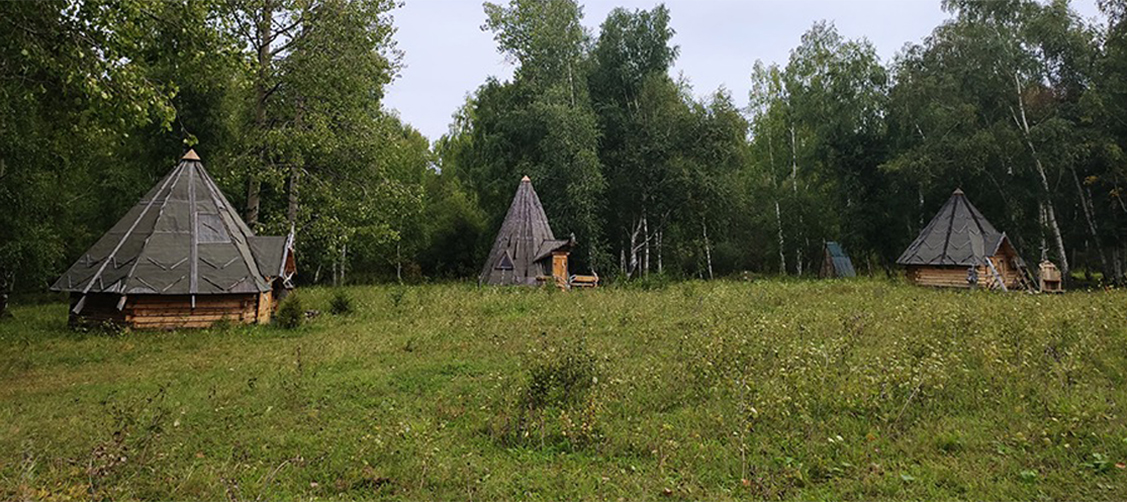The Culture of Kazakhstani Altay
The Culture of Kazakhstani Altay
For thousands of years nomads traveled across Kazakh steppes. They created their own unique world view, peculiar customs and traditions, which are still in place. Although they acquired a settled way of life, some outstanding elements of the nomadic culture of the Kazakhs can be observed in Katon-Karagay even now.
ACCOMODATION
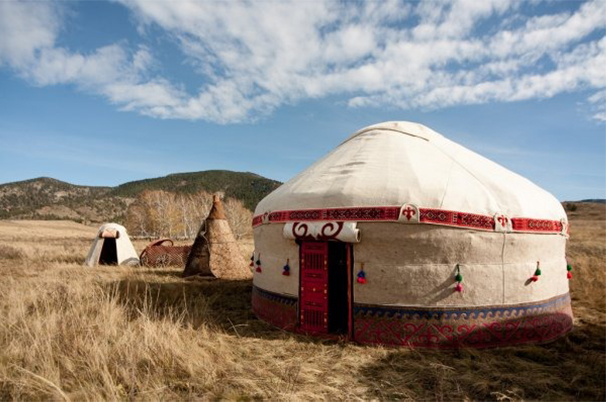
YURT
Historically, the word yurta meant not a house or dwelling, but a "parking place” - temporary settlement, in a deeper sense: "people, settlement, existence".
This is not just a national dwelling. This is the freedom-loving philosophy of millennia: “Our home is where our people are”.
Traditional yurt, made of natural materials, is widely used in tourism. The current trend of eco-friendly recreation is gaining momentum and the nomads' dwelling fits perfectly into this concept.
This is how the centuries-old tradition continues to live on the territory of Katon-Karagay.
GASTRONOMY
National cuisine deserves special attention.
It is one of the easiest ways to get to know the culture of a people. Food is something that you can understand with no words and explanation.
Every region of the large Kazakhstan has its own unique cuisine due to its geographical location.
For instance, the hallmark of Kazakh cuisine is Beshbarmak, known as a meat dish.
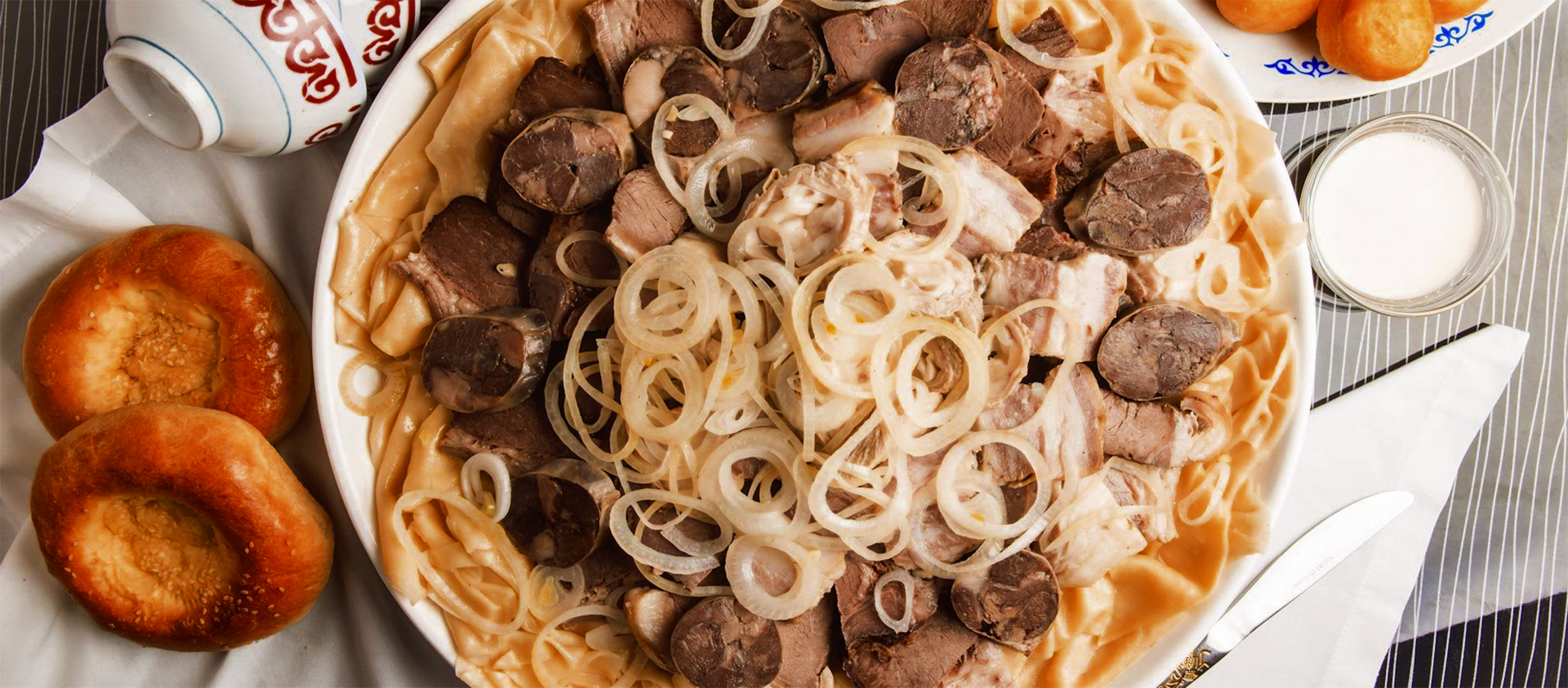
But in the West of Kazakhstan, at the Caspian Sea, the usual Beshbarmak is called Fishbarmak and is prepared from fish. Now it is carp or pike perch, but historically, fishbarmak was prepared from Beluga (the sturgeon family, the fish is listed in the Red Book).
Let us go back to the East:
Beshbarmak is cooked here from several types of meat: horsemeat, beef and lamb. Kazy (fatty meat sausage from horse ribs) is placed directly on top of the whole dish, and not as a separate snack, as in other regions. Meat is the key product of the dish; it is laid out on a “pillow” of tender pieces of dough (kespe) and sprinkled with “scalded” onions.
Beshbarmak is a dish for a large family/company and is traditionally served on a wooden Astau dish.
Oriental pastries are no less famous: baursaks (Shi baursaks, barmaks, Ousak bauyrsak).
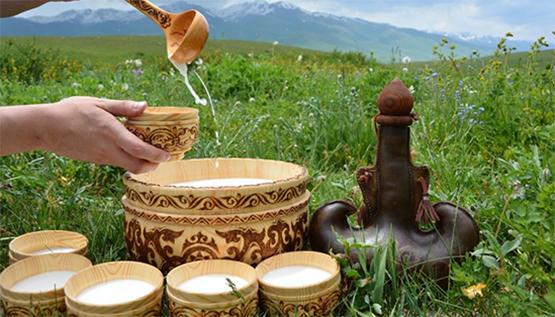

The name of this dish comes from the Kazakh words "baurmasu, baurlasuga, baur", which means "the desire for unity, kinship, brother." Baursak is a kind of symbol of hospitality.
Kymyz
Since ancient times, nomads believed in its healing power. It was used to treat diseases, to strengthen weakened immunity, and even to rejuvenate. The name of the drink comes from the Turkic word "qimiz".
The first documented mention of the healing properties of kymyz is found in the writings of Avicenna, who cured the vizier Suhailiy with kymyz a thousand years ago.
In Russia, kymyz treatment became popular at the end of the 19th century. Such famous people as Tolstoy, Chekhov, Aksakov drank koumiss. Kymyz was highly appreciated by Alexander Sergeevich Pushkin. In the notes to the poem "Prisoner of the Caucasus" he wrote:
- Alexander Sergeevich Pushkin
The famous scientist and writer Vladimir Dal wrote in 1843 that “having become accustomed to kymyz, you involuntarily prefer it to all drinks without exception. It cools, satisfies hunger and thirst at the same time and has invigorating effect, never overfilling or burdening the stomach.
During the Great Patriotic War, kymyz effectively helped in restoring health and strength to the wounded and sick soldiers - the defenders of the Motherland.
Modern research confirms that kymyz is rich in micro elements that ensure the secretion of hormones by the gonads, which restore the composition of blood, lymph, and digestive juices.
Indeed, among the nomads, spilling even a drop of the sacred drink on the ground was considered a terrible sin, and the secret of making kymyz was passed on exclusively by inheritance.
Many guests who have visited Katon-Karagay note that local kymyz, as well as saumal, kurt, and irimshik, has an unsurpassed taste.
In addition to the cuisine, it is worth to note the handicraft component of the culture in Katon-Karagay. A special place here is occupied by felting and woodworking.
In addition to the cuisine, it is worth to note the handicraft component of the culture in Katon-Karagay. A special place here is occupied by felting and woodworking.
However, it would be wrong to consider the territory of the Katon-Karagay region from the standpoint of monoculture.
Now Katon-Karagay is a destination of Kazakhstan, and a vibrant national culture for tourists is represented here by language, religion, gastronomy, cattle breeding, crafts and dwellings of nomadic Kazakhs - yurts.
But once these lands were part of the Russian Empire, later part of the Soviets and only in December 1991 the country gained independence.
Villages and settlements of Russian Old Believers exist even now, the museums of the region store relics of ancient Russian clothes, household items, originals of Psalters, banknotes of the period of the Russian Monarchy, equipment and tools of the 18th-19th centuries.
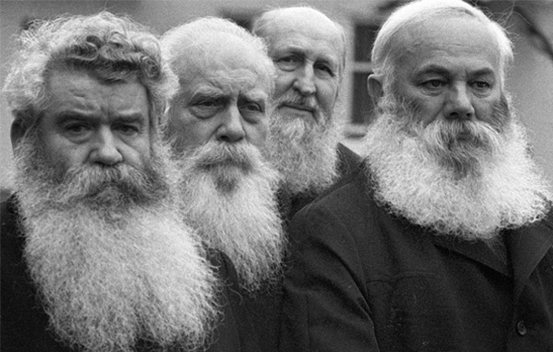
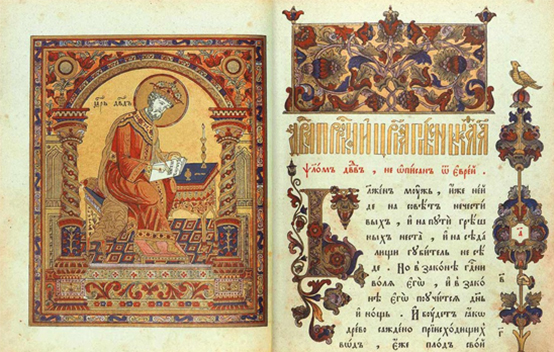
After the overthrow of Tsarism, after some time, the period of the USSR begins, when the line between fraternal peoples is erased and the process of acculturation is actively taking place, in other words, the exchange of cultural characteristics.
And, taking into account historical events, it is clear that today Katon-Karagay has a multicultural environment, with the only difference being that the eastern culture is on the surface, but the Slavic and partly Altay culture will have to be looked for.
